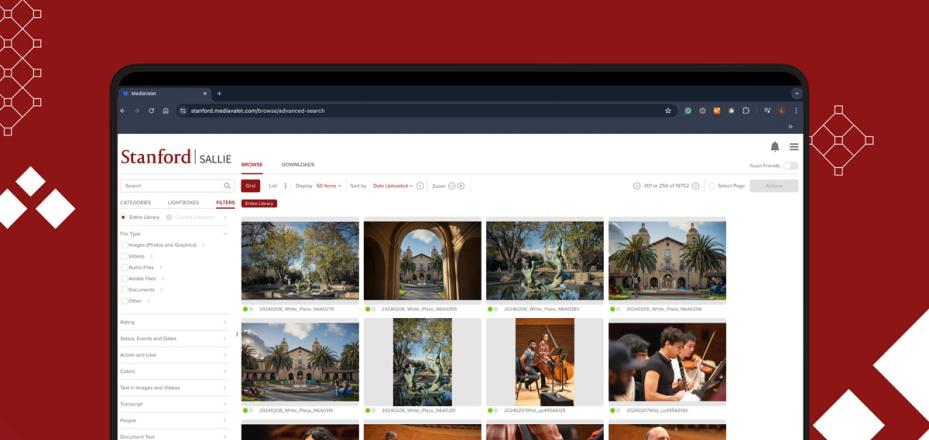Why blog? A story from Stanford Web Services ...

The Stanford Web Services Blog features tutorials, articles and case studies from the SWS team, provides an avenue of communication for SWS activities, Web trends and technologies, and serves as a resource to both Stanford and other Web communities.
Why we blog
Launched in December 2012, the Stanford Web Services Blog was created out of a need for a public forum to share ideas, news, best practices, lessons learned and tutorials for those building and supporting websites for Stanford. The blog has since become an important part of our day-to-day work, providing a permanent archive for topics of all kinds, and serving as a knowledge base for ourselves and the wider community of website owners and editors across campus and beyond.
As a newly-formed group tackling a challenging and exciting mandate — to provide beautiful, mobile-responsive, accessible and fully-featured websites at scale to the entire university — the blog quickly became an important outlet to document our evolving practice.
How we blog
The blog is built in Drupal 7 on Stanford Sites using a custom blog Feature designed (and evolving over time) to meet the needs of our team and our editorial process. Every team member dedicates time to storytelling, documenting and reflecting on the blog. We refer to our “blog best practices” notes on how to create compelling content, and specifically steer away from creating “What’s up this week at SWS” kinds of posts -- instead, striving to create posts that are content-rich, useful and informative. We encourage posts from guest contributors from partner groups on campus, such as the University Communications Web team and Stanford University Libraries Web Archiving team. Topic ideas and assignments are tracked in a Google Docs spreadsheet.
After a draft post is written, it goes through peer review to polish the final result, which also gives team members the opportunity to learn the nitty-gritty details of something that has been on the minds of co-workers. As a result, we encourage a healthy practice of communication: we understand each other's jobs better and build appreciation for the depth and diversity of work required by the team.
In client relationships, help ticket responses and community conversations, we often reference a blog post. And if the conversation turns to something unknown (but of interest), we will often start drafting a new post. It is an excuse to dive deep in order to teach others, to clarify our thoughts and to crystalize best practices.
How we get the word out
One of the successes of the blog has been submitting a custom feed to the Drupal Planet blog, which has a large readership base and gains us wider visibility. Through this exposure, we have found our posts regularly featured in the Drupal Weekly Drop newsletter. We also tweet out each blog post, and later send a monthly roundup of posts to a variety of Web community email lists at Stanford.
A final word
The blog is now more than a knowledge base: it is an anchor of our group identity, a platform for sharing our ideals, a venue for teaching, and a tool for community members to level-up their skills. It is the home of our achievements, and our lessons learned. It is the story of our team, our partners and our community. Though it takes time and effort on everyone's part to plan, write and review posts, the value of the SWS blog has been proven over and over, and "You should write a blog post about that" is a regular phrase heard in the SWS office.
I hope that this post has inspired you to perhaps start a blog for your team, or at least given you a new perspective on blogging and team identity. We welcome guest contributors! If you are interested in contributing to the Stanford Web Services blog, feel free to get in touch at meganem@stanford.edu.
DISCLAIMER: UIT News is accurate on the publication date. We do not update information in past news items. We do make every effort to keep our service information pages up-to-date. Please search our service pages at uit.stanford.edu/search.



